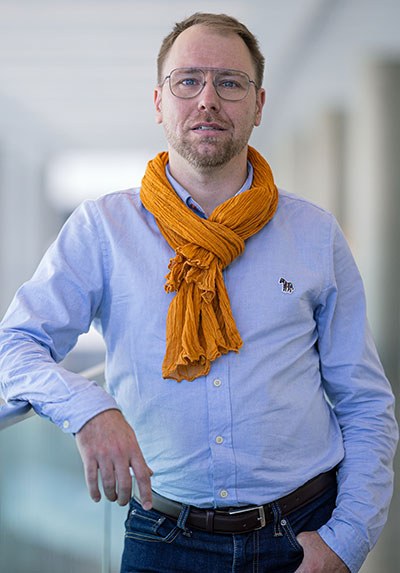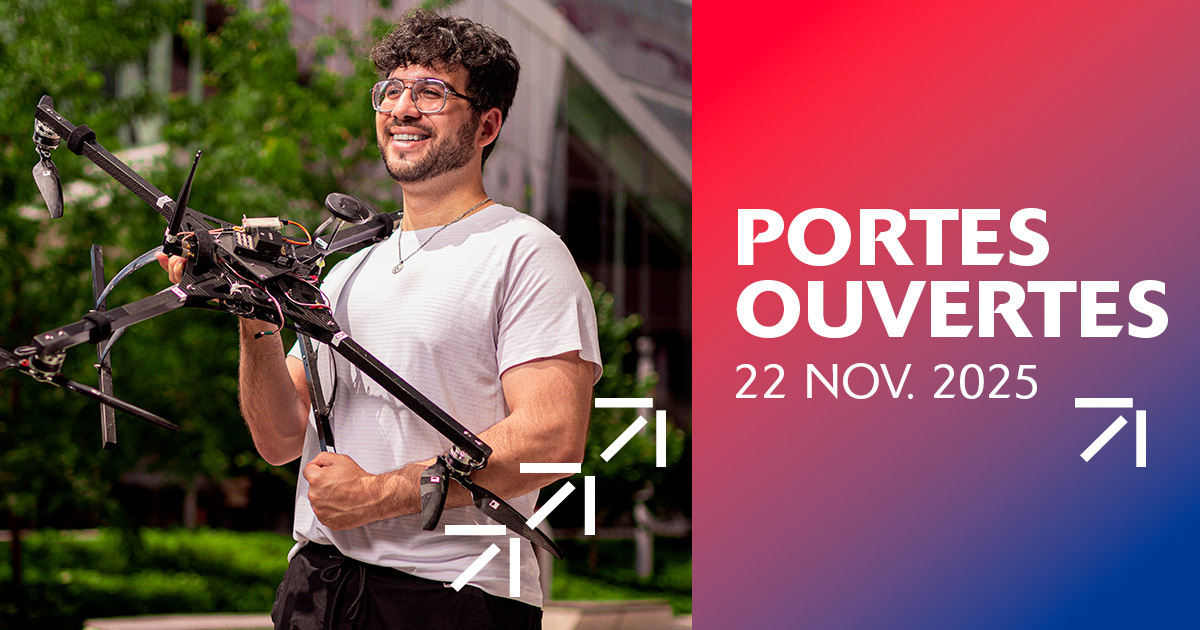
“For me, design is a vehicle for social change,” says Sébastien Proulx, professor in the Design Department at ÉTS. A change in perspective can often reveal a completely different reality. Sébastien gives the example of residents at a long-term care facility who complained about the “hospital smells” wafting through the hallways. A staff member had the idea of bringing in a bread machine, an initiative that was so well received by management that they equipped every floor with one. The aroma of fresh bread helped create a warmer and more welcoming living environment. This is the kind of simple but effective intervention that Sébastien Proulx promotes.
Building Bridges Between Design and Public Health
Sébastien Proulx’s area of expertise focuses on social design, in particular, challenging traditional approaches to health. “What interests me is questioning the way we approach a problem.” Whether it’s reducing odours in a long-term care facility or launching a campaign against vaping, Sébastien isn’t afraid to break new ground.
Getting Paid to Think!
At seven, young Sébastien already knew what he wanted to be when he grew up: a graphic designer. He was fascinated by Tom Hanks’ character in the movie Nothing in Common. Hanks made a living coming up with such brilliant ideas that a Porsche was waiting for him at his office door. “I too was going to change the world with my ideas!” exclaims Professor Proulx.
In 2004, he earned his bachelor’s degree in graphic communications from Université Laval and began working as an art director at a marketing agency. But he didn’t feel like he belonged there. “The relationship with the user was too passive for my taste.” He decided to continue his studies in design and complexity at Université de Montréal. His thesis director, Philippe Gauthier, a sociologist and professor of design, became his mentor. “That’s when I understood the relationship between sociology and design,” says Sébastien. He earned his master’s degree in urban planning in 2008, followed by a PhD in 2015, both from Université de Montréal.
He then furthered his knowledge during a postdoctoral fellowship at Université de Montréal’s Public Health Research Institute. There, he discovered the potential of social design in public health policy development.
The American Experience
In 2017, with his PhD and after teaching for a dozen years at Université de Montréal, Sébastien Proulx was appointed associate professor at Ohio State University, where he also took over as director of the industrial design program. In 2022, he was promoted to director of graduate studies at the same institution.
The following year, Sébastien Proulx received the prestigious Educator Award from the Industrial Design Society of America (IDSA), recognizing his contribution to teaching and research in industrial design.
ÉTS, the Main Gateway to Innovation
Why did Sébastien Proulx leave a position at Ohio State University where he could express his full potential? ÉTS had succeeded in creating a space for promoting forward thinking. Sébastien couldn’t pass up the opportunity to be part of this transformative wave. For him, this new program was the epitome of contemporary design. “We have moved from a manufacturing economy to a service economy. Design must adapt,” he believes.

Forty-five students will explore the links between design, engineering and social sciences. They will learn to adopt the end user’s view in order to perceive a different reality. Who designs public restrooms without hooks? Although it is normal for designers who don’t carry handbags, it makes no sense to a large part of the population.
The ability to identify everyday problems and come up with relevant solutions is part of a designer’s mission. “I would like to teach ÉTS students to make the ordinary extraordinary,” summarizes Professor Sébastien Proulx.



